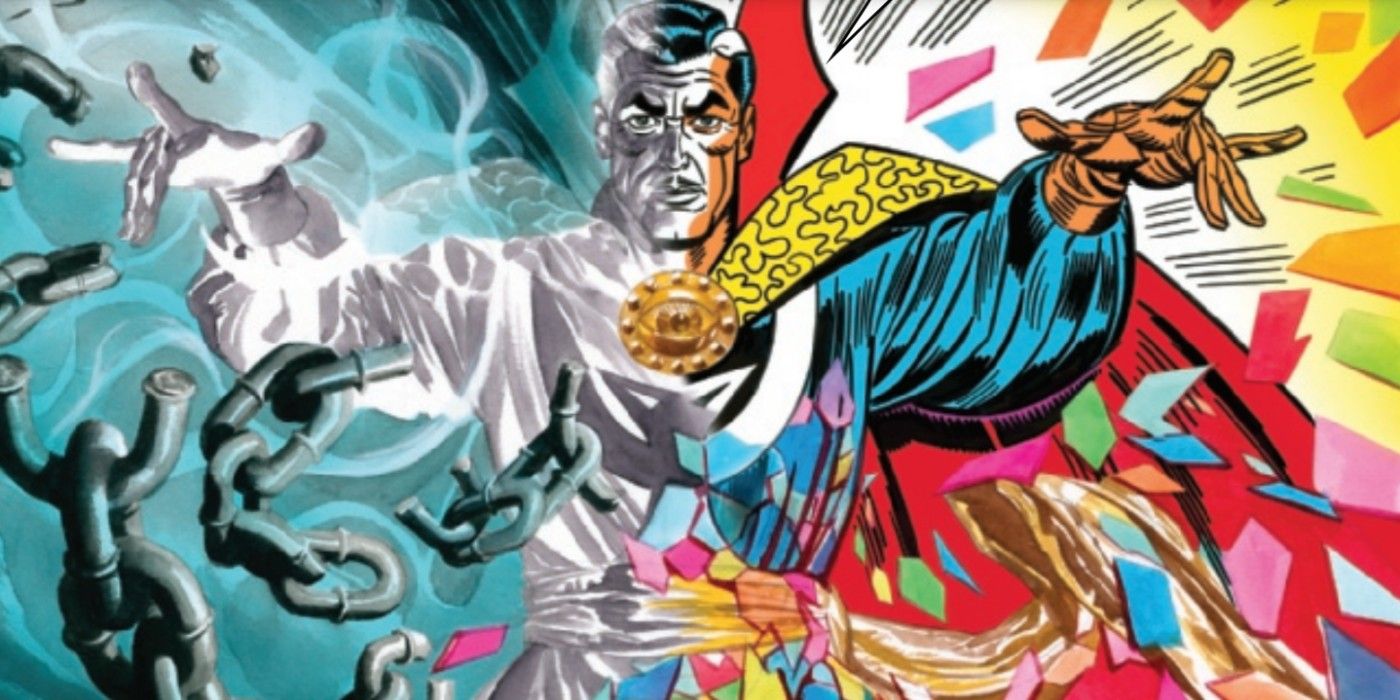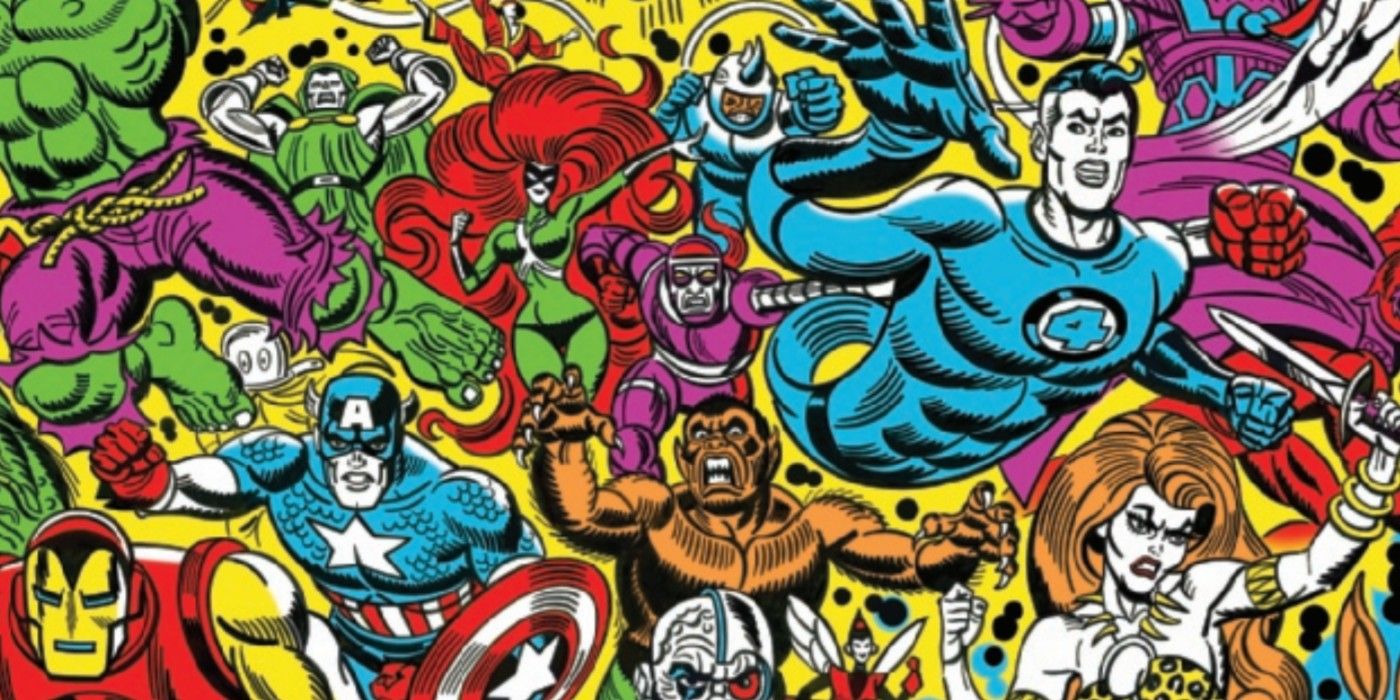Warning: contains spoilers for Marvel #6
One of Doctor Strange's most interesting aspects is his ability to warp reality, and he just used it to weaponize the artwork of acclaimed comic creator, Alex Ross. The frame story of Ross' anthology series Marvel has followed Strange as he was captured by the villain Nightmare, and in the final issue, the Sorceror Supreme defeats the villain with the power of artwork.
The story Overture from Ross, Kurt Busiek, and Steve Darnall with art by Ross and Mitch O'Connel has focussed on Doctor Strange as his astral form is trapped by Nightmare. Marvel's Lord of Dreams uses Strange's connection to all life in the Marvel Universe to trap everyone in a perpetual state of dreaming. These dreams fuel Nightmare, making him stronger than even Galactus. While the villain achieves his goal and becomes a god, Doctor Strange is able to summon his sash to break his chains. But in order to truly defeat Nightmare, Strange has one last trick.
In the space of a panel, the artwork changes from Alex Ross's photo-realistic style into Mich O'Connel's Jack Kirby-eque stylized artwork. In a burst of color, all of Marvel's silver-age heroes and villains storm the page. Nightmare writhes in pain as Strange explains that he's unleashed the power of dreams to counteract the villain's nightmares. The positivity of the unleashed heroes shrinks Nightmare down much that he fits comfortably in Strange's cloak. Looking out at reality for the first time in a while, Strange walks off into the new dawn.
While the main anthology stories featured throughout Marvel's six issues have offered wildly different perspectives on the Marvel universe, it's the frame story that truly ties the entire series together. The setup with Strange and Nightmare provides a solid setup for the many different worlds visited by the series while still being an interesting story in its own right.
In a broader sense, Overture is about the dreamlike power of comic books. The transition between the two art styles symbolizes this. Ross' dark realism reflects the idea that comics need to be darker and grittier. O'Connell's artwork works like a counterpoint, showing the optimism that Marvel's heroes can inspire. This fits with the themes of Alex Ross's most well-known projects. Kingdom Come and Marvels were about the mounting darkness of comic books at the time. For better or worse, this conclusion to Marvel shows that those themes are still as relevant today as they were in the '90s. Still, it's ironic that Alex Ross wrote a comic book where Doctor Strange defeats a villain by taking away Ross's signature art style.


